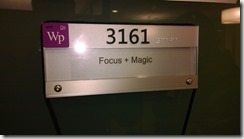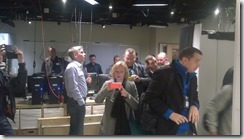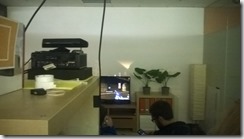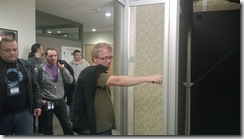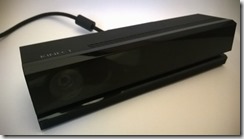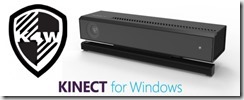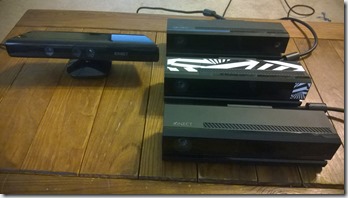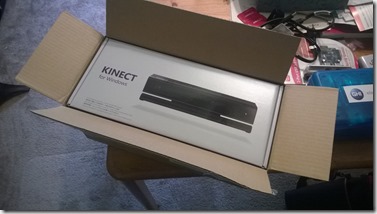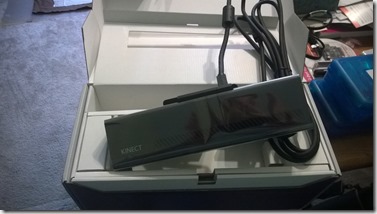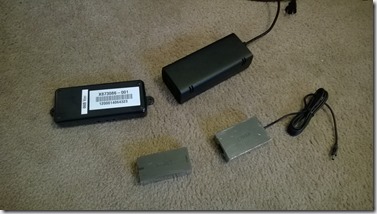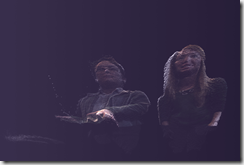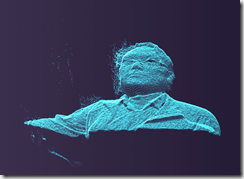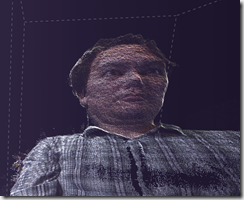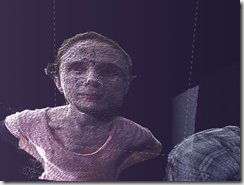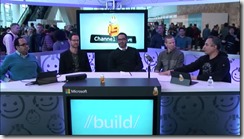I had the opportunity to meet Rob Wang, Chris Twigg and Kenrick Kin of 3Gear several years ago when I was in San Francisco demoing retail experiences using the Microsoft Kinect and Surface Table at the 2011 Oracle OpenWorld conference. I had been following their work with stereoscopic finger and hand tracking with dual Kinects and sent them what was basically a fan letter and they were kind enough to send me an invitation to their headquarters.
At the time, 3Gear was co-sharing office space with several other companies in a large warehouse space. Their finger tracking technology blew me away and I came away with the impression that these were some of the smartest people I had ever met working with computer vision and the Kinect. After all, they’re basically all Phd’s with backgrounds at companies like Industrial Light and Magic and Pixar.
I’ve written about them several times on this blog and nominated them for the Kinect v2 preview progrram. I was extremely excited when Chris agreed to present at the ReMIX conference some friends and I organized in Atlanta a few years ago for designers and developers. Here is a video of Chris’s amazing talk.
Bringing ‘Minority Report’ to your Desk: Gestural Control Using the Microsoft Kinect – Chris Twigg from ReMIX South on Vimeo.
Since then, 3Gear have worked on the problem of finger and hand tracking on various commercial devices in multiple configurations. In October of 2014 the guys at 3Gear initiated a Kickstarter project for a sensor they had developed called Nimble Sense. Nimble Sense is a depth sensor built from commodity components that is intended to be mounted on the front of an Oculus Rift headset. It handles the difficult problem of providing a good input device for the VR system which has the obvious side-effect of preventing you from seeing your own hands.
The solution, of course, is to represent the interaction controller – in this case the user’s hands – in the virtual world itself. Leap Motion, which produces another cool finger tracking device, also is working on creating a solution for this. The advantage the 3Gear people have, of course, is that they have been working on this particular problem with particular expertise in gesture tracking – rather than merely finger tracking – as well as visualization.
After exceeding their original goal in pledges, 3Gear abruptly cancelled their kickstarter on December 11th and the official 3Gear.com website I have been going to for news updates about the company was replaced.
This is actually all good news. Nimble VR, a rebranding of 3Gear for the Nimble Sense project, has been purchased by Oculus (which in turn, you’ll recall, was purchased by Facebook several months ago for around $2 billion).
For me this is a Cinderella story. 3Gear / Nimble VR is an extremely small team of extremely smart people who have passed on much more lucrative job opportunities in order to pursue their dreams. And now they’ve achieved their much deserved big payday.
Congratulations Rob, Chris and Kenrick!
